MikroTik 101: Transparently Bridge your network for faster and cheaper switching with MPLS!
- Julia
- Latest News
- 0 likes
- 6419 views
- 0 comments
There has to be a faster way of share data between networks, right?
Why not use MPLS?!
What is MPLS:
“Multiprotocol Label Switching (MPLS) is a type of data-carrying technique for high-performance telecommunications networks that directs data from one network node to the next based on short path labels rather than long network addresses, avoiding complex lookups in a routing table.” – Wikipedia
Basically, this approach speeds up the forwarding process because next-hop lookup becomes very simple compared to routing lookup.
What are the benefits of using MPLS?
- Increased scalability of the network:
Traditionally you have to run a Border Gateway Protocol (BGP) on all core routers but, with MPLS you only need to run BGP on network edges. It’s also easy to migrate from routed backbone to MPLS-enabled backbone.
- An increased amount of possible VPN solutions that an ISP can offer to clients
Get Layer2 service quality without the *drawbacks of a Layer2 network: MPLS uses the **split-horizon method to prevent loops (RSTP is not required) and the new service is configured at the edge routers (no need to make changes to the network core) making it simpler to configure and easier to manage, all while providing complete separation between the provider's network and customers network.
MPLS VPLS offers a number of bandwidth improvements, a smaller overhead (Ethernet+2 labels), users can ask the provider for guaranteed VPLS bandwidth, each new site only requires the correct PE configuration and all the work is done by the ISP!
*Drawback of Layer2 Network: Additional administration costs, large overheads (Ethernet + GRE + IP), Each new site requires configuration of EoIP tunnels to every existing site and the ISP isn’t involved.
**Split-Horizon method: “a method of preventing routing loops in distance-vector routing protocols by prohibiting a router from advertising a route back onto the interface from which it was learned.” – Wikipedia
- Traffic Engineering (TE)

TE tunnels can be used to shift the traffic load onto less utilized links making it easy to deliver guaranteed bandwidth from point A to point B. TE offers a lot more flexibility than IP routing because after two IP traffic flows for the same destination are merged, it is impossible to split them and reroute over different paths which also overloads the link from Router C to Router E.
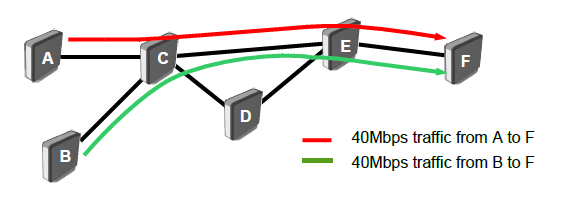
- Quality of Service
- Redundancy and Failover
You can create separate tunnels for voice, video, or data, and backup tunnels over the third link.
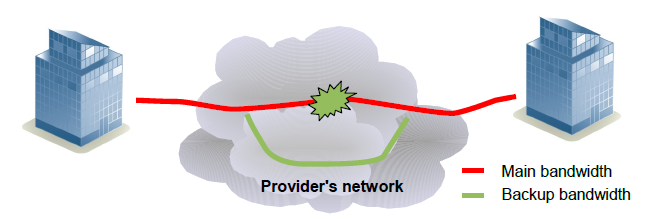
What makes MikroTik’s MPLS stand out from the rest?
Some of the supported MPLS features:
- Static label binding for Ipv4
- Label Distribution Protocol for Ipv4
- Virtual Private Lan Service
- LDP-based VPLS
- MP-BGP based autodiscovery and signalling
- MP-BGP based MPLS IP VPN
- RSVP-TE TunnelsOSPF as CE-PE
- OSPF extension for TE tunnels
- Explicit path and CSPF path selection
- Forwarding VPN traffic on TE tunnels
But is MikroTik’s MPLS system really that much faster?


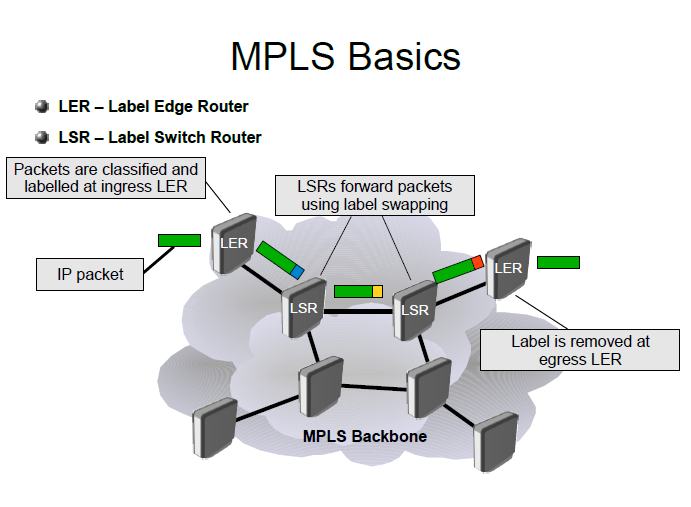

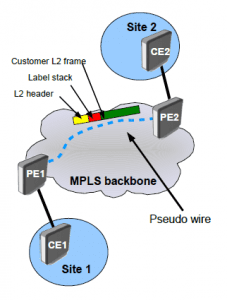

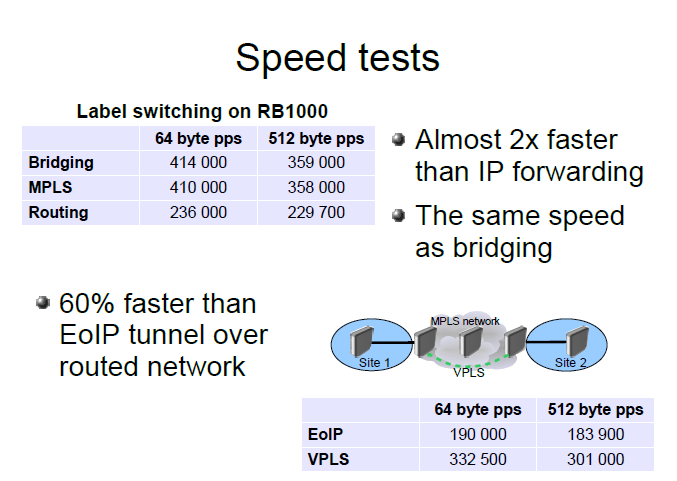
Comments
View Comments